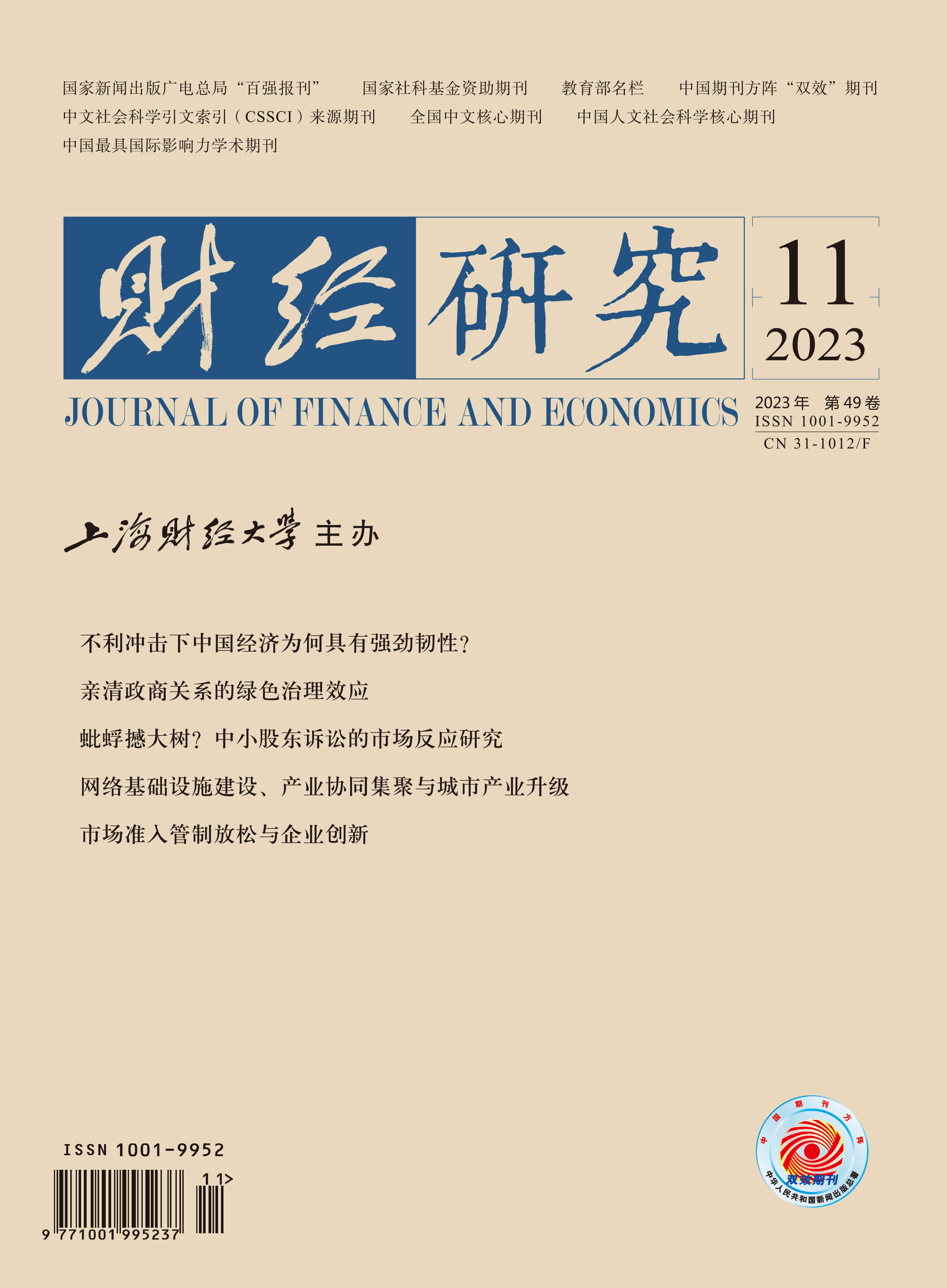For a long time, the research on fertility intention has placed too much emphasis on fertility costs and neglected fertility benefits. Chinese traditional culture also emphasizes the function of raising children more than the costs of that. The old saying “may children succeed” implies that fertility decisions may be affected by expectations of social mobility. If the prospects for children to achieve upward mobility in the future are slim, then the willingness to have children will also decrease. Therefore, intergenerational mobility has become a reasonable measure of fertility benefits, representing an expected increase in disposable resources in the future, as well as an expected decrease in the life-cycle budget constraint.
This paper starts from the basic fact that intergenerational mobility and fertility intention have decreased simultaneously, and explores the underlying relationship between them. It believes that regardless of the motivation for giving birth, there are intergenerational benefit considerations. Whether the intergenerational benefits of upward mobility of children can offset the birth-inhibition effect brought about by their reproductive costs is a key factor affecting family fertility decisions. This paper constructs a theoretical model to explain the relationship between the number of children born and intergenerational mobility, and demonstrates that raising costs can reduce fertility intention, while intergenerational benefits measured by intergenerational mobility can significantly increase it.
This paper obtains individual fertility intention from the China Household Finance Survey (CHFS) data, and calculates intergenerational mobility indicators based on the Chinese General Social Survey (CGSS) data. These two sets of data are nested for regression analysis, suggesting that intergenerational mobility has a significant positive impact on fertility intention. That is, the higher the intergenerational mobility, the stronger the willingness of families to have more children. A series of robustness tests support this conclusion. Further mechanism testing shows that the quality-quantity tradeoff effect serves as a significant factor other than the prediction effect. From a more complete research paradigm, this paper explores the considerations on family fertility decision-making, points out that the current strategy of further optimizing population development should not only consider the costs, but also pay attention to intergenerational benefits. This paper also reveals the demographic significance of “unblocked upward mobility channels”.





 5469
5469  10242
10242

